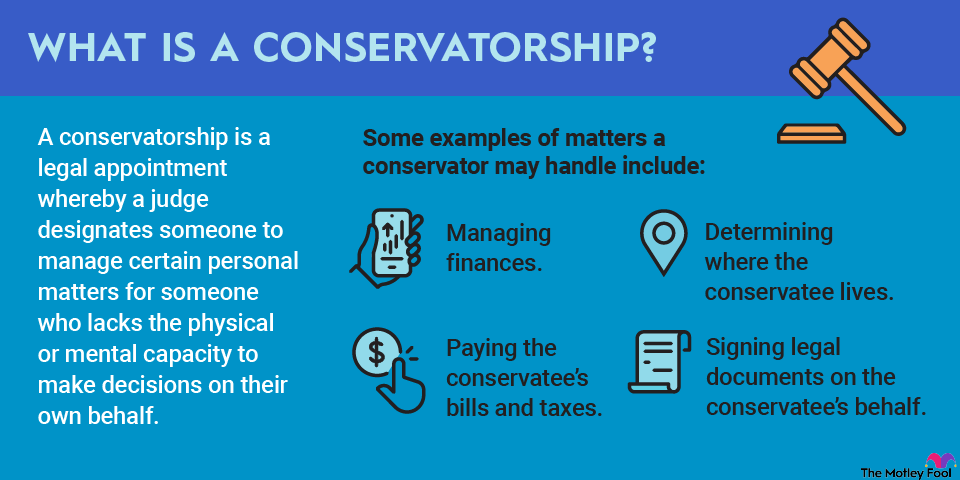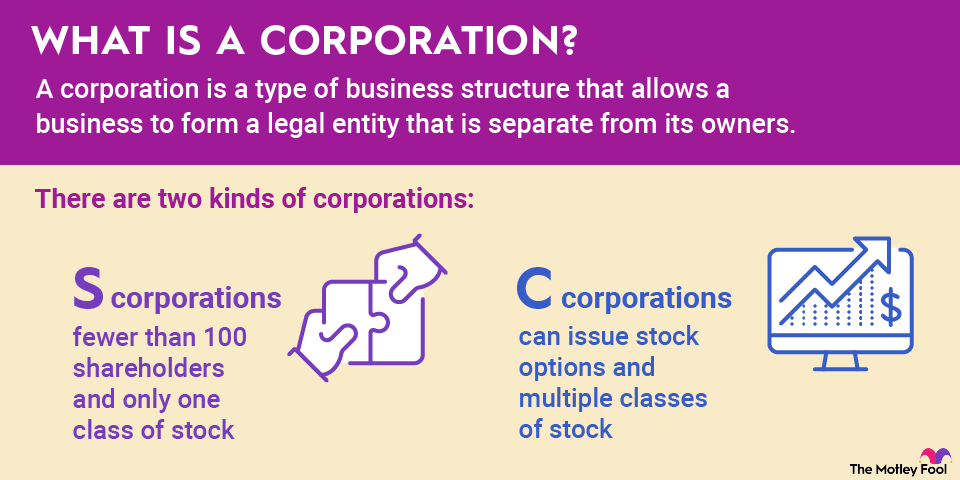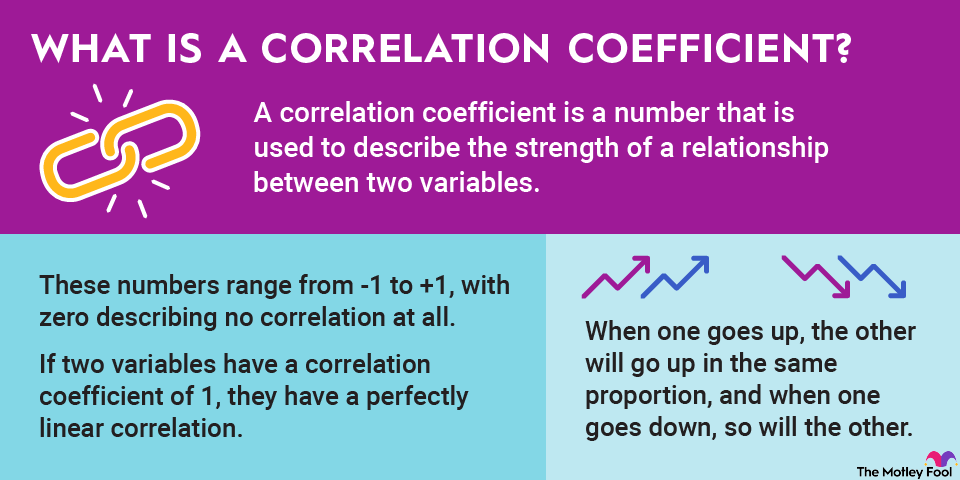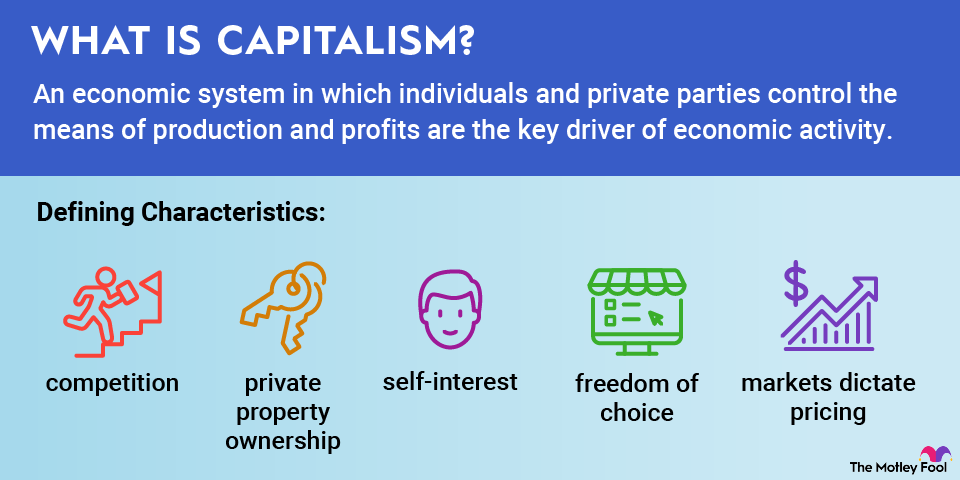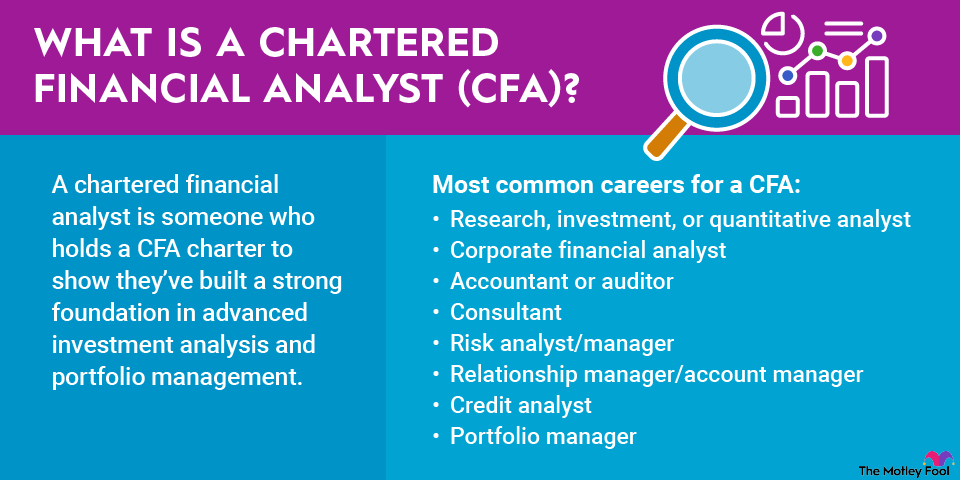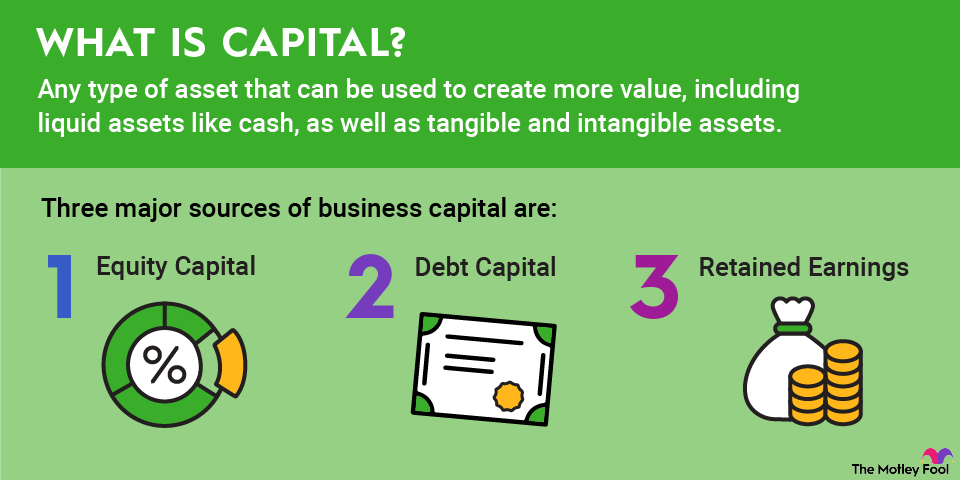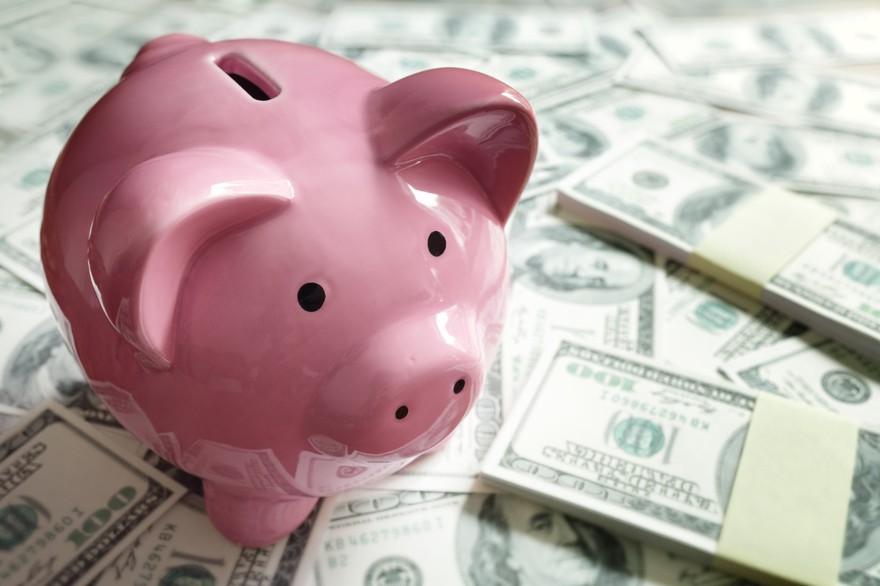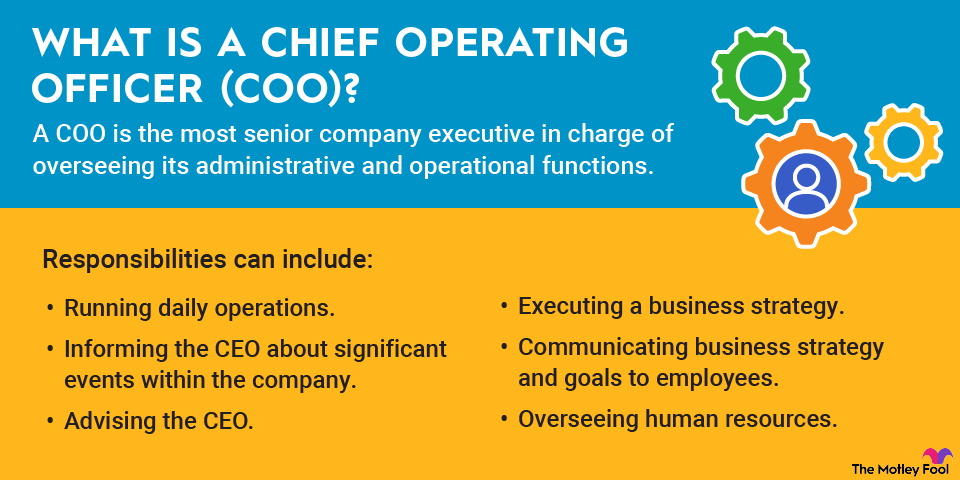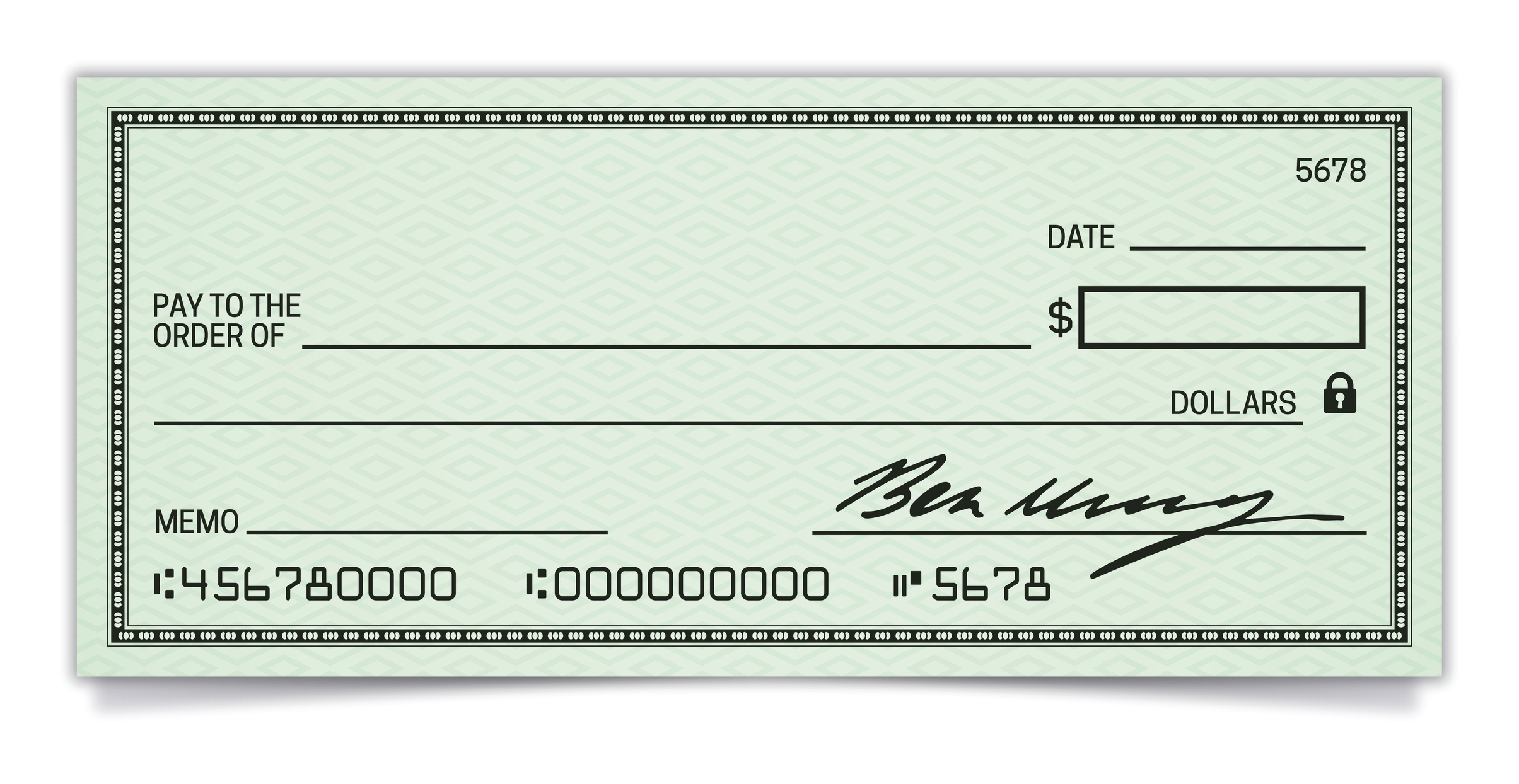There are a number of different financial models that investors can use to measure a rate of return.
The discounted cash flow model may be the best known, but the capital asset pricing model, also known as the CAPM, is another one of the more foundational financial models taught in business school.

What is the Capital Asset Pricing Model, exactly?
The Capital Asset Pricing Model (CAPM) measures the expected return from a given security. The equation that the model uses is based on the risk-free rate, the beta of the security, and the expected return of the market.
According to the theory behind the CAPM, those numbers should be able to tell how a stock will perform on the market.
Based on the equation, the expected return of an investment will equal the risk-free rate + (the beta * equity risk premium). The equity risk refers to the difference between the market's expected return and the risk-free rate.
Discounted Cash Flow Model
How does the CAPM work?
To understand the CAPM, you need to understand the underlying concepts behind it.
First, the beta is a ratio that refers to a stock's expected volatility compared to the market as measured by the S&P 500. A beta of 1 would mean that a stock would have the same expected return as the S&P 500. A beta of 2 would mean that the stock would be expected to be twice as volatile as the S&P 500. If the S&P 500 rose 10%, the stock would fall 20%, and if the S&P 500 fell 10%, the stock would fall 20%. You can find the beta for a stock from a financial news platform like Yahoo! Finance.
If the stock had a beta of 0.5, the stock would gain just 5% if the S&P 500 rose 10%.
The risk-free rate is generally considered to be the 10-year Treasury yield since Treasuries are the safest investments available, and the equity risk premium is based on the difference between the market's expected return and the risk-free rate.
In the case of the S&P 500, the expected return might be 9%, which is its historical average annual return.
Once you have those numbers, you can determine the expected return on the stock or how much you should be compensated based on the beta and the risk-free rate. In other words, the riskier the stock, the greater the return you need to justify the investment.
Does the CAPM work?
Like a lot of financial models, the CAPM represents an oversimplification of reality. You can't realistically predict the return of a stock just from the beta and the risk-free return. In fact, there's no set of information that will allow you to perfectly predict the return of a stock.
However, the CAPM does serve as a good starting point for analyzing and predicting its return, and the math in the underlying formula makes sense. Investors should expect to be compensated more for taking more risk, and that expectation should increase as the equity risk premium expands.
The inputs in the CAPM model are also not always reliable. While the risk-free rate is easy to find, the beta concept isn't as direct as it might seem. Stocks don't move in lockstep with the S&P 500, according to a volatility ratio, and even the expected return from the market is hard to predict since the performance of the S&P 500 can vary significantly from year to year.
Related investing topics
What's an example of the CAPM?
To see how the CAPM works in practice, let's take a look at how it would apply to one of the more popular stocks on the market: Apple (AAPL -0.75%).
The 10-year Treasury yield is at 4.3%, and Apple's beta is 1.27. If we take 9% as the expected return from the market, that gives us 4.7% as the equity risk premium. Based on those numbers, investors should expect a return of 10.3% from Apple stock.
Qualitative factors and earnings results are likely to have a bigger impact on Apple's performance than the CAPM, but it is helpful in showing how to think about the risk-free rate, risk premiums, and market betas.
The risk-free rate has changed substantially, and it could come down in the next bull market since the Federal Reserve Board has forecast a decline in the federal funds rate over the next few years. That could lead investors to pursue higher returns as the risk-free rate falls. As it does, the CAPM offers a good place to start your analysis.
